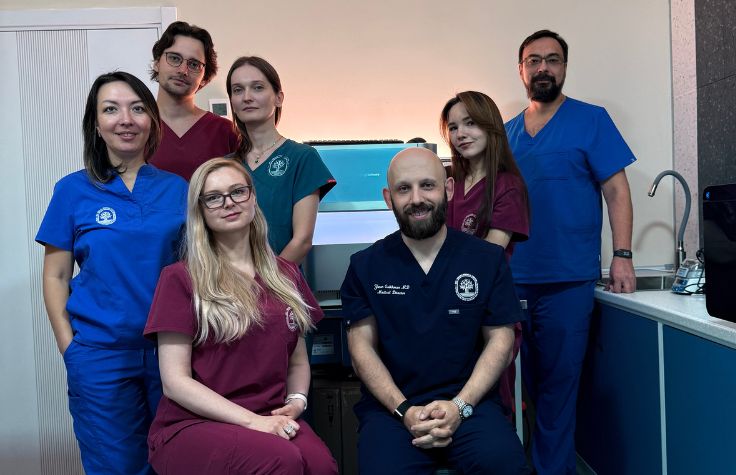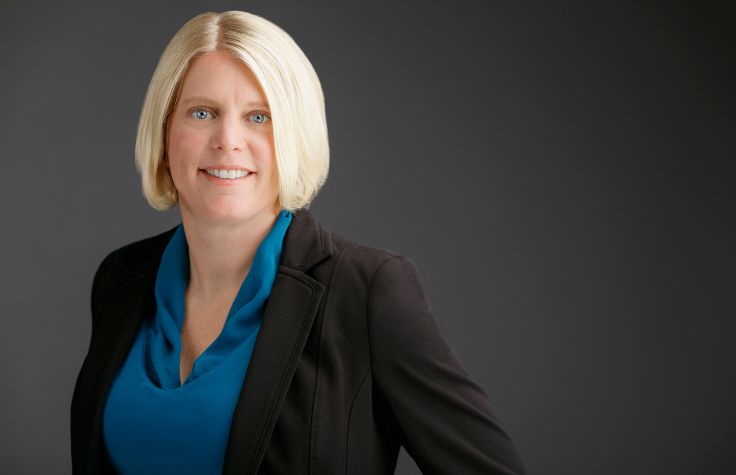
April 25, 2016
National Infertility Awareness Week® (NIAW) was founded in 1989 by RESOLVE: The National Infertility Association, to raise awareness about the disease of infertility and encourage the public to understand their reproductive health. The World Health Organization, the American Society for Reproductive Medicine, and the American College of Obstetricians and Gynecologists all recognize infertility as a disease and according to the Centers for Disease Control and Prevention (CDC), approximately 1 in 8 couples (or 12 percent of women) in the U.S. have trouble getting pregnant or sustaining a pregnancy.
Female fertility is known to decline with age. According to the CDC, about one-third of couples in which the woman is over the age of 35, have fertility problems. Aging not only decreases a woman's chances of having a baby but also increases her chances of miscarriage or of having a child with a genetic abnormality.
Like many couples around the world, Helen and Louis struggled for years to get pregnant. After several failed attempts at intrauterine insemination (IUI) and in vitro fertilization (IVF), preimplantation genetic screening (PGS) made the difference. PGS screens to select the most viable embryos for transfer, helping maximize IVF success. PGS identified one genetically normal embryo, which helped Helen and Louis eventually conceive. They hope that by sharing their journey, they will help others who are struggling with similar infertility issues.


